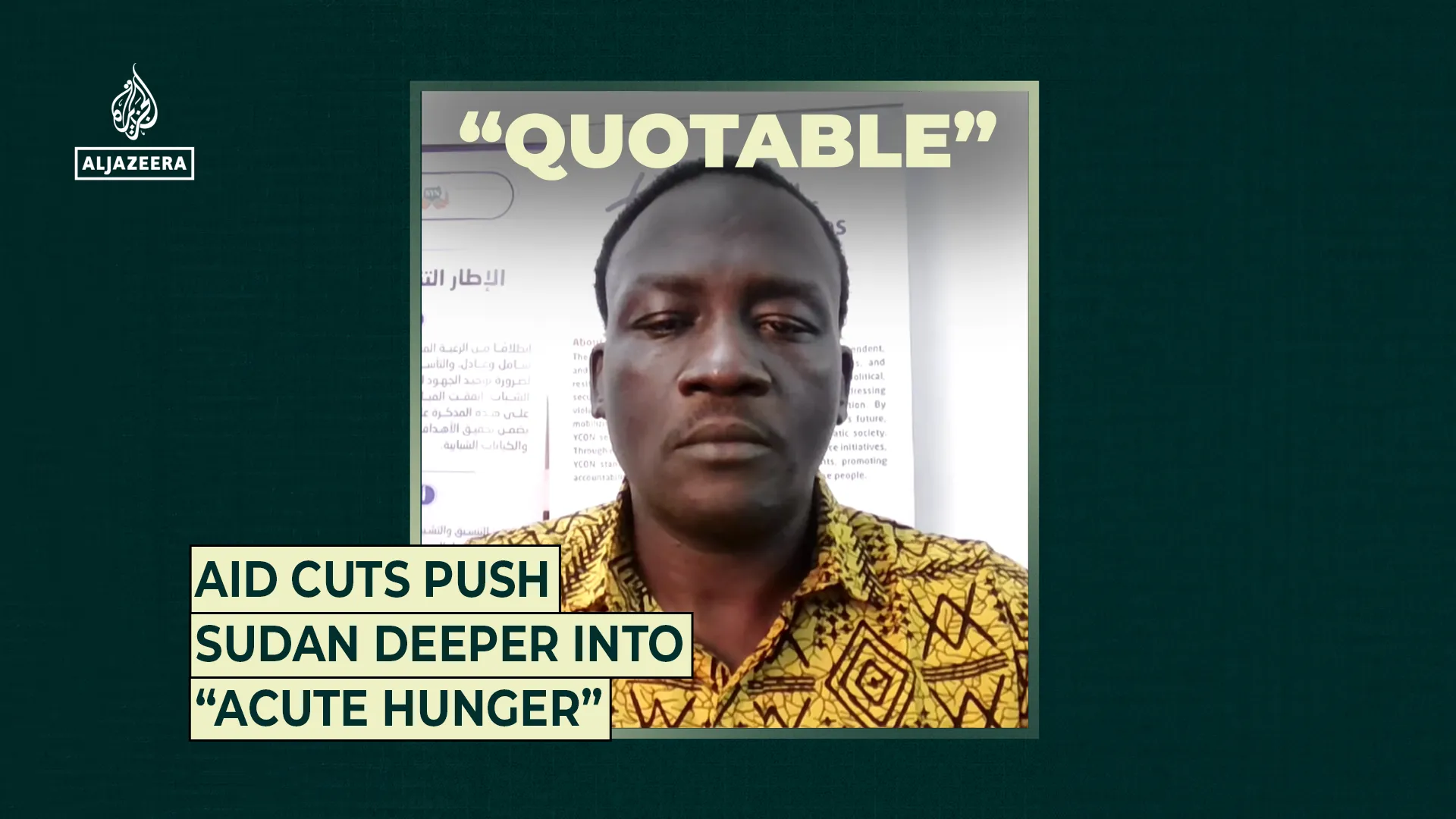Aid cuts push Sudan deeper into “acute hunger” | Sudan war
Khalid Mishain, from the Youth Citizens Observers Network, says cuts to humanitarian funding are deepening Sudan’s crisis, with famine spreading, aid groups pulling back, and hunger set to worsen without immediate action.
Published On 24 Dec 2025
